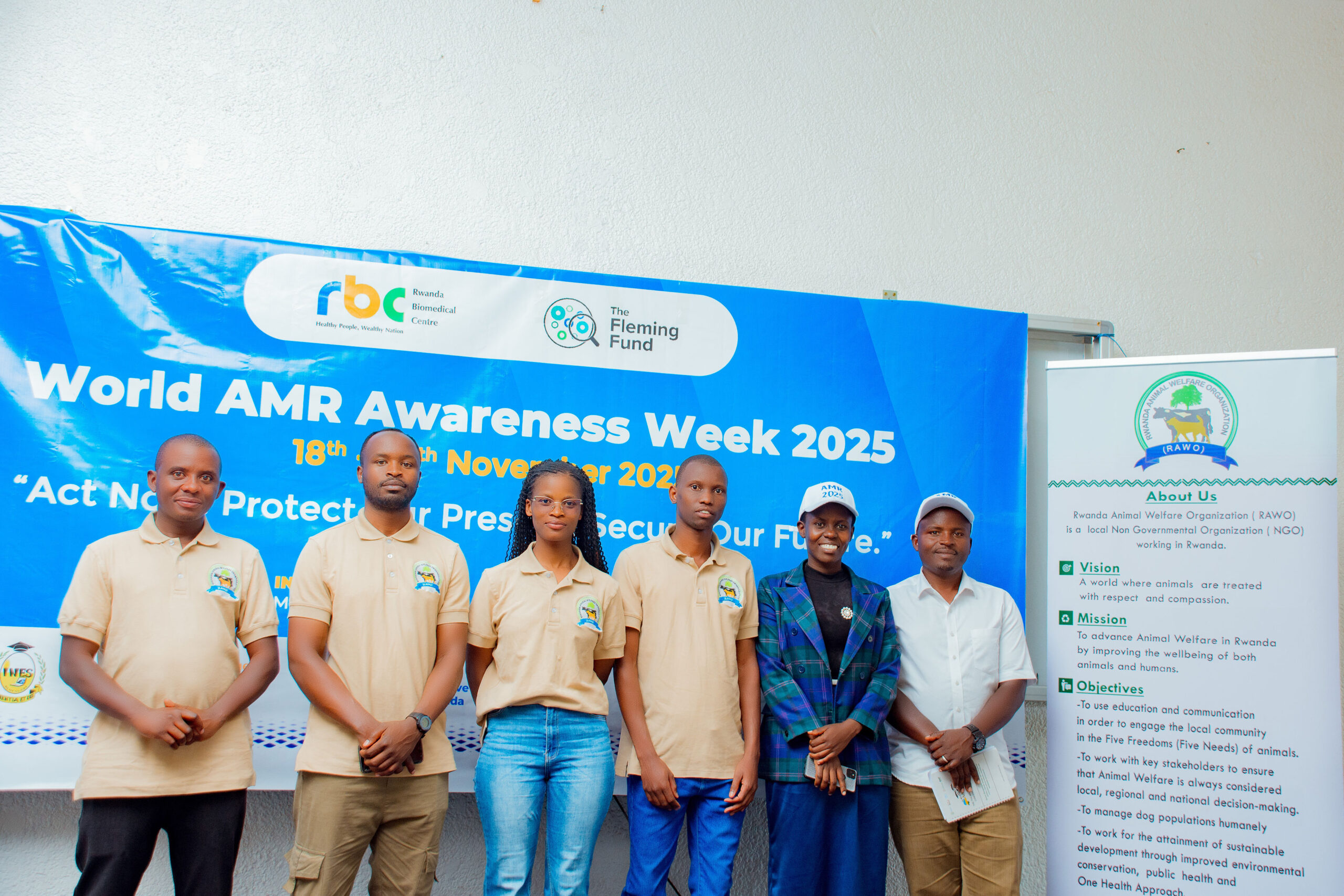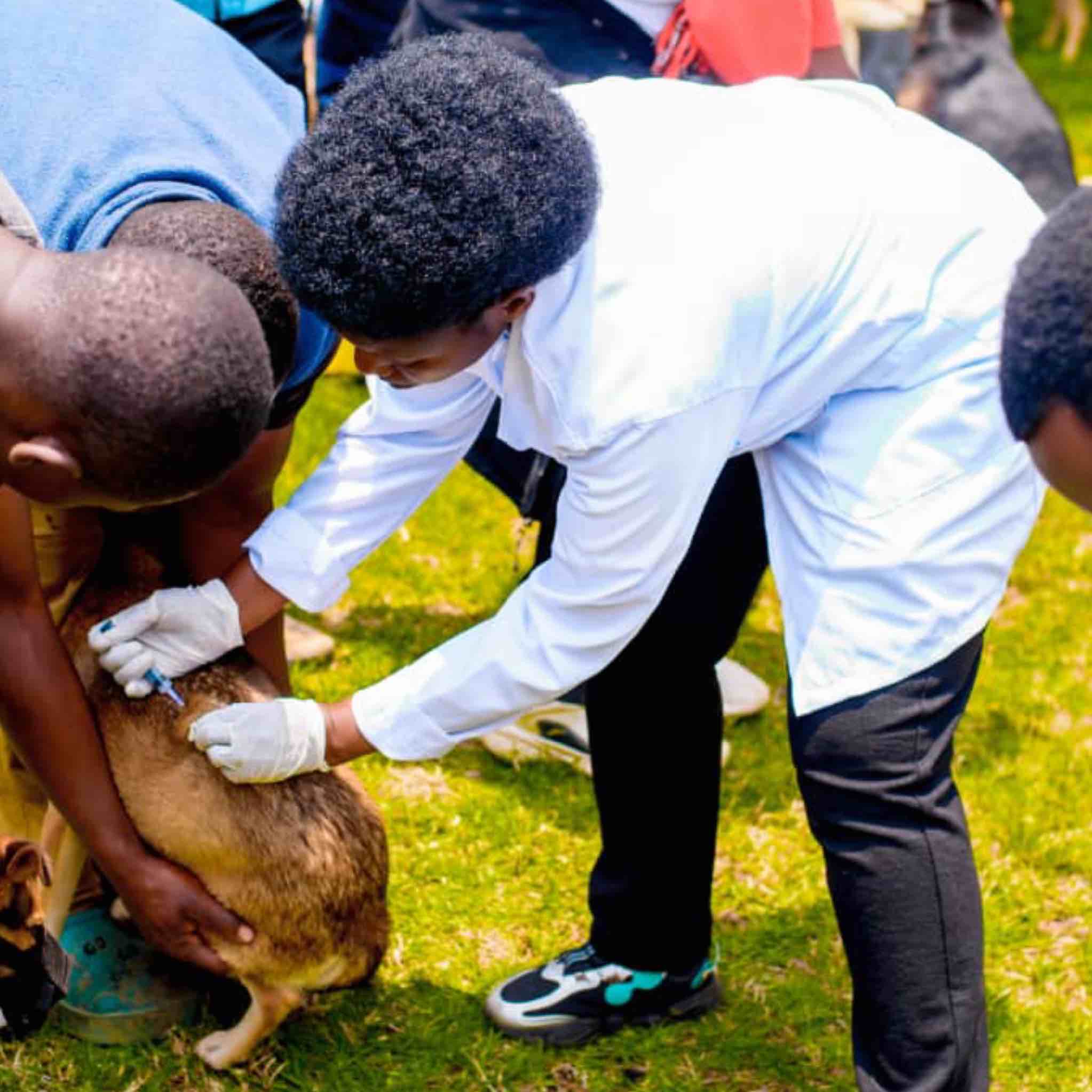In today’s rapidly changing world, fostering compassion, empathy, and responsibility toward animals is more important than ever. Humane education is a powerful approach that teaches students of all ages—ranging from primary to university level—not just about animals, but about how to treat all living beings with kindness and respect. By integrating animal welfare awareness into educational systems, we plant the seeds of a more empathetic, sustainable, and safe future.
Teaching Compassion from a Young Age
The foundation of humane education begins in early childhood. By introducing primary school students to the basics of kindness, empathy, and animal care, we help develop character traits that extend beyond the classroom. These early lessons encourage respect for life, reduce cruelty, and promote responsible behaviors—values that follow students into adulthood.
In secondary and university levels, students can engage more deeply with topics like animal rights, environmental ethics, and the impact of human actions on the natural world. These lessons prepare young adults to become advocates for animal welfare, environmental sustainability, and public health in their communities.
Connecting Public Health and the One Health Approach
One of the key components of humane education is its connection to public health through the One Health Approach—an integrated effort that recognizes the interconnection between people, animals, and the environment. Educating students about zoonotic diseases, responsible pet ownership, and ecosystem balance helps them understand how animal welfare directly impacts human health and vice versa.
This holistic view fosters a sense of shared responsibility and encourages learners to think critically about their roles in protecting both human and animal populations.
Bridging the Gap: Our Community and Our Animals
Animals play a significant role in our communities—not just as companions, but as part of local economies and ecosystems. From domestic pets to livestock and wildlife, every species deserves humane treatment. Through community-based humane education, students can learn how to:
- Recognize the needs and feelings of animals
- Understand the economic and cultural importance of livestock
- Appreciate the role of wildlife in biodiversity and conservation
- Advocate for animal-friendly policies and practices
These lessons encourage students to see animals not as tools or threats, but as sentient beings with intrinsic value.
Understanding Dog Behavior and Communication
Dogs are among the most common animals encountered by children and families. Yet, misunderstandings about their behavior can lead to fear, neglect, or even injury. By teaching students how to read dog body language and communicate safely with dogs, we not only improve animal welfare but also enhance child safety.
Simple lessons on tail wagging, ear positioning, and warning signs can make a significant difference in preventing negative encounters.
Preventing Dog Bites and Increasing Child Safety
Dog bites are often the result of poor communication and lack of knowledge. Humane education empowers children with the tools they need to engage safely with animals. Through practical demonstrations and school-based programs, children learn how to:
- Approach dogs safely
- Avoid behaviors that trigger fear or aggression
- Report unsafe situations to adults
- Show empathy and care for animals in distress
These practices reduce the risk of injury, build confidence, and contribute to safer and more compassionate communities.
Teaching Safety and Reducing Violence
Educating children about safe interactions with animals goes beyond bite prevention—it’s about building a culture of nonviolence. When students understand that animals have feelings and needs, they are less likely to engage in harmful behaviors and more likely to become protectors of vulnerable creatures.
Studies show that humane education can reduce aggression in schools, increase empathy, and even improve academic engagement. It’s not just about animals—it’s about nurturing better humans.
A Call to Action
Humane education isn’t a luxury—it’s a necessity. As we face global challenges in health, sustainability, and ethics, teaching young people to care for animals becomes a foundational step in creating a more compassionate world.
By integrating animal welfare into school curricula, we’re investing in a future where children grow up understanding the importance of empathy, responsibility, and coexistence. Whether you’re an educator, parent, policymaker, or community leader—now is the time to support and promote humane education in every classroom and beyond.





3 Responses
When I originally commented I clicked the “Notify me when new comments are added” checkbox and now each time a comment is added I get several emails with the same comment. Is there any way you can remove me from that service? Thank you!
dark web sites darkmarket link dark market 2025 darkmarket url
body builders clitoris
References:
steroid shop (https://afromonsta.com/)